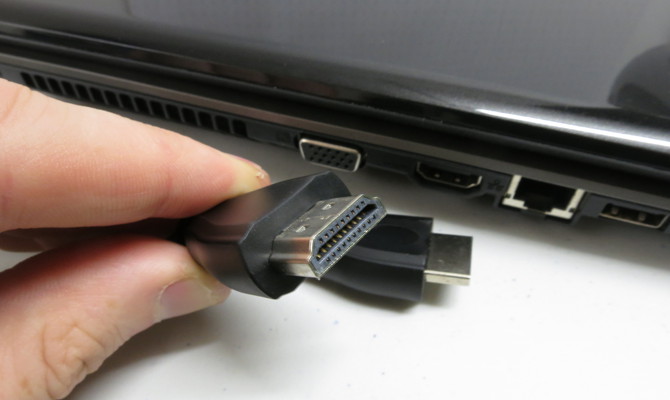Connect HDMI Cable to Compatible Devices
Before heading into the connecting aspects, let’s quickly go through three of the fundamental pointers for buying an HDMI cable: Knowing HDMI: As mentioned earlier, HDMI cables are single-handed transfers digital audio and video signals from one component to another (for example, from your gaming console to your HDTV). Much like a USB cable, the HDMI cable is a simple plugin/out and fits the HDMI port in only one way. Cable length and use of signal boosters: Buy a cable that length more than what you estimate. For example, if you have calculated the distance between your TV projector and TV display to be four feet, then select a cable length of not less than 4.5-foot or the nearest next length size to have some slack between the two applications. That will prevent any physical stress in the cabling length. The use of signal boosters like amplifiers or built-in circuitry is vital to cables running over distances more than 25 feet. Expensive cables: There is practically no difference between a $5 HDMI cable and a $100 one that dupe-boasts “additional/superior” signal quality. The only aspect that will cost you slightly more money is the cable sturdiness – Plugging in and out too often? Select a cable that matches the strength. Now, let’s understand how we connect Bandridge HDMI cables between different devices.
How to Connect Laptop to Tv HDMI?
Connecting Home Theater System to a TV
Connecting Game Console to a TV
